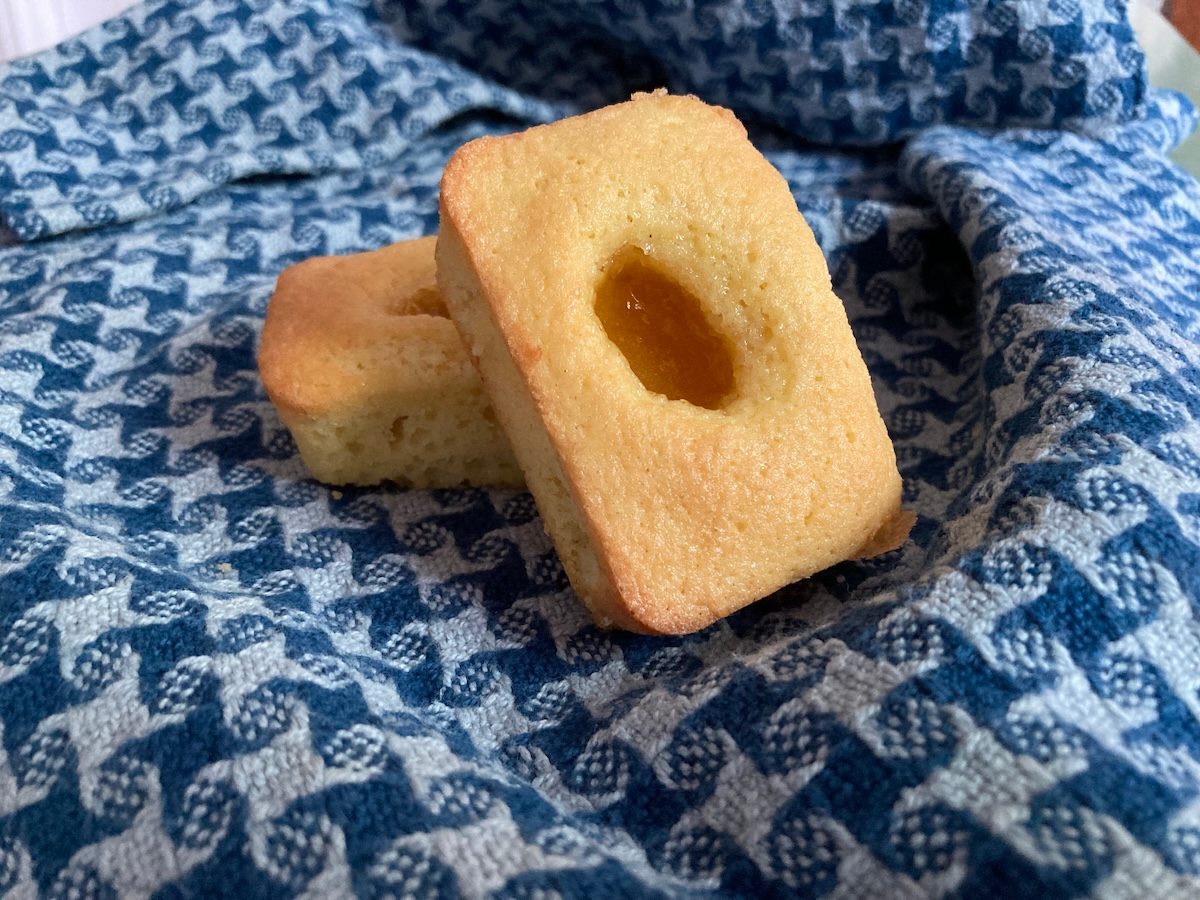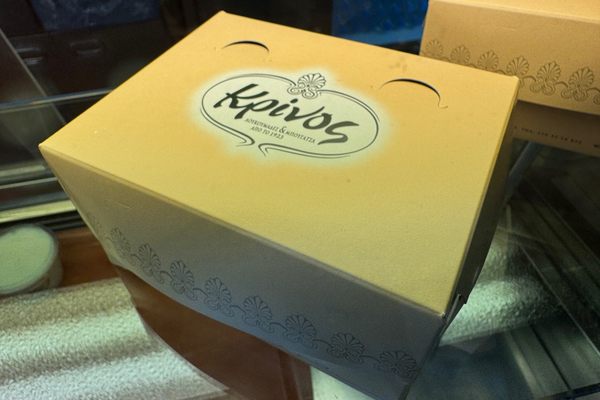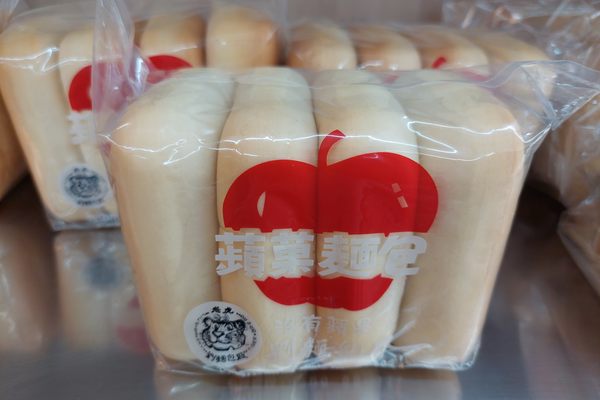Make ‘Travel Cake’ for Your Next Journey
There’s a whole world of creative ways to take food on the road.
This article is adapted from the November 2, 2024, edition of Gastro Obscura’s Favorite Things newsletter. You can sign up here.
It pays to be prepared. That’s why, when I head out the door, I grab what I call “emergency cheese” to stuff in my tote bag. It’s just a single string cheese, but it’s saved my bacon more than once.
Sometimes, it’s because I missed breakfast. Or it’s because I know that I have a long drive ahead and little time to stop on the road. Just last week, I happily handed over my emergency cheese to a hungry friend—which turned out to be a good thing, because the restaurant we were heading to was closed.

Often, delicious food awaits at the end of a journey. But I’ve always appreciated learning about the kinds of foods people eat while on the road. Sometimes, the food is humble and simple, such as, say, string cheese. But there’s actually a whole world of portable delicacies out there—including a tasty cake designed for travel.
Ancient History

For as long as people have traveled, they’ve brought food along with them. Preserved and dried food holds up the best while on the move, leading to innovations such as pemmican, a mixture of dried meat and (sometimes) fruit bound together with animal fat. As long ago as 2300 BC, people on North America’s Great Plains utilized this calorie-heavy, shelf-stable foodstuff to travel long distances without going hungry.
Pemmican is such an effective hunger-buster that it’s stuck around. Explorers carried it along on Arctic expeditions, and some backpackers and hikers still swear by it today.
Meat might seem like a risky food to take along on a journey, but certain preservation techniques could make it a safer bet. In Peru, people used cold mountain air and the hot sun to dry out meat, making ch’arki. If that word sounds familiar, it’s because it’s the ancestor of the word jerky.
Elegant Fare

However, jerky and pemmican, both today and in the past, are survival foods. What about those who wanted something special while on the road?
François Pierre de La Varenne had a few ideas. In the 17th century, he laid out the foundations for modern French cuisine with his book Le Cuisinier François. His recipes were revolutionary for their emphasis on subtle flavors and elegant techniques, which apparently even mattered on the battlefield, since his book had a section on recipes for war.
One of those recipes was for chicken in a bottle, which was definitely intended for the upper-class warrior, since it calls for a diamond. The recipe instructed the cook to debone a chicken, then stuff it with mushrooms, truffles, and a number of other rich ingredients. Then, the cook had to force the chicken inside the bottle and seal the top off from the air with a lump of pastry.
When it was time to eat, the cook would boil the chicken-stuffed bottle until the contents simmered. The last step was to slice open the bottle with a diamond and remove the chicken whole. You’d have to be pretty crazy (and have a diamond sitting around) to attempt chicken in a bottle. But other historical portable foods are a bit easier to attempt. Case in point: the shooter’s sandwich.
This old-school British sandwich involves casing meat and other ingredients inside a loaf of bread, then wrapping it up and weighing it down to press everything together. The name comes from the idea that it was considered an easy portable meal to take along on hunting trips. When lunch rolled around, the bread would be sliced up for a hearty meal on-the-go.
Vacation Cheese and More

Not all travel food involves meat. For example, there’s trail mix, also known as gorp. The origins of the word “gorp” are as mysterious, as is the story of how this blend of nuts, dried fruit, and occasionally chocolate got such a name. One camp claims that it’s an acronym for “good old raisins and peanuts,” while another theory has it as “granola, oats, raisins, and peanuts.” But long before the first published use of the word “gorp” in 1968, people exploring the great outdoors had carried similar mixtures along with them.
Not all travel food involves roughing it, either. Across Japan, train stations and convenience stores stock bento boxes filled with dishes that are tasty both hot and cold. There are even special bentos filled with regional foods for the curious traveler to try, that in Osaka might hold takoyaki (octopus balls) or wagyu beef in Yamagata Prefecture.
Some people travel to try new foods, but others want to carry along a taste of home. For the Dutch, that’s when vakantiekaas, or vacation cheese, comes into the picture. This hard cheese holds up well without refrigeration, and it’s considered a travel food to the extent that it’s stocked at camping retailers, especially during the summer travel season.
Travel Cake

You’ve definitely had gâteau de voyage before, even if you’ve never heard those words in your life.
“Gâteau de voyage” means travel cake, and it’s a category, not a singular recipe. On French baking websites, they’re often described as cakes that can be left at room temperature for a few days, making them good to take along during trips. Cakes I’ve seen referred to as gâteaux de voyage have included banana bread, brownies, madeleines, and gingerbread. All of these treats are dense and resist crumbling when jostled—perfect to take along during travel.
In the 19th century, French bakers often touted how their gâteaux de voyage could last for several months, or, at the very least, long enough for a trip into the countryside. Recipes from the period tend to be very simple, consisting of bread crumbs or almond meal bound together with eggs and sugar and flavored with lemon zest. Sometimes, they’d be livened up with some kirsch or apricot jam, and the result was a sturdy little cake that makes for a good treat, wherever your journey may take you.
Gâteaux de voyage
- Makes 12 small cakes
Ingredients
- 1 ½ cups almond flour
- 4 eggs
- ½ cup sugar
- The zest of one lemon
- ½ cup apricot jam (optional)
Instructions
-
Grease the cups of a mini loaf pan, and set aside. Preheat the oven to 350°F.
-
Separate the eggs, then beat the yolks together with the sugar until thoroughly combined. Add in the almond flour and lemon zest, and mix to make a stiff batter.
-
Beat the egg whites until stiff peaks form, then incorporate them into the almond-flour batter. Don’t worry when the egg whites fall considerably. Mix until the batter is smooth and lump-free.
-
Spoon the batter into the prepared pan, and put the cakes into the oven.
-
If you want your cakes to travel further and last longer, skip this next step. After 10 minutes of baking, pull out the cakes, and carefully spoon apricot jam on top of each one. Then, put them back in the oven for another 10 minutes, or until the cakes are golden brown on the tops and edges. (If you’re not adding jam, bake the cakes for about 17 minutes.)
- Remove the cakes from the oven, and allow them to cool completely before taking them out of the pan.
Notes and Tips
The jam is added halfway through baking, because otherwise, it sinks to the bottom and forms a large sticky hollow.
Gastro Obscura covers the world’s most wondrous food and drink.
Sign up for our regular newsletter.




























Follow us on Twitter to get the latest on the world's hidden wonders.
Like us on Facebook to get the latest on the world's hidden wonders.
Follow us on Twitter Like us on Facebook